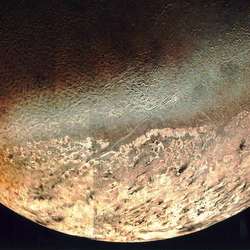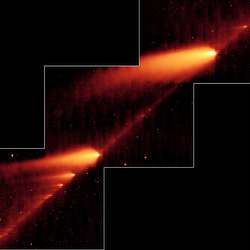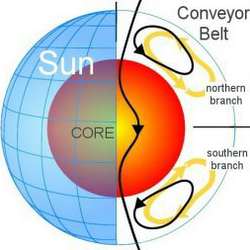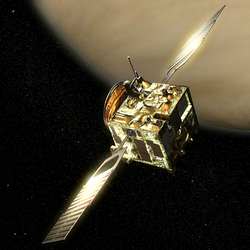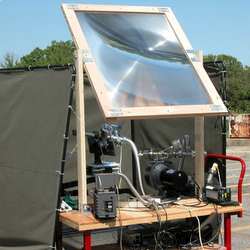
Comet Schwassmann-Wachmann by Sean Walker and Sheldon Faworski
Comets have always caused quite a stir throughout history. In the past, they were regarded as harbingers of misfortune and, in fact, our word “disaster” comes from the ancient belief in the calamitous influence of evil (“dis”) stars (“astra”). Until slightly more than one hundred years ago, mankind lit their nights by burning wax, oils and gases so that the sky was very black after sunset except, as today, in large cities. Therefore, comets that suddenly erupted in the heavens appeared much more dazzling than they do now – beautiful, mysterious and, to some, terrifying! This weekend, Comet 73P/Schwassmann-Wachmann will make its closest approach to Earth at roughly 25 times the distance to the Moon. Its inward trek from the outer solar system has been the source of increasing excitement from modern day sky watchers around the globe but not from fear or worry. This comet has been an eagerly anticipated source of wonder!
Comets are the snow-birds of the solar system; living most of their lives in the dark outer reaches then taking a notion, due to a variety of gravitational influences, to visit the warmer climes near the Sun, which they also eccentrically orbit. In the process of drawing near the inner solar system, they let their hair down to blow in the solar wind (the word comet means “hairy star” in many languishes) like many pleasure-seeking tourists. Today, we find such visions captivating, in more ancient times these things looked scary!
Comet 73P/Schwassmann-Wachmann will not be remembered as a brilliant naked eye comet. Visual observers under very dark skies have reported that it can be seen without optical assistance but it is not at all spectacular. However, through a telescope it becomes evident that this comet is falling to pieces and is actually a host of small comets. As an added bonus, the comet has passed near or overtaken several famous deep space objects. These photo opportunites have resulted in the memorable images that accompany this article.
Sean Walker and Sheldon Faworski studied the comet’s orbit and realized their Midwest imaging location in Elizabeth, Illinois, offered an opportunity to capture the comet very close to the Ring Nebula (M-57) earlier this week, during the final hours of May 8. They used a 14.5 inch Newtonian telescope and a 3 mega-pixel camera to capture this stunning image as the comet past directly over this popular planetary nebula in Lyra. Two separate images were combined to produce the final result- one of the comet and a separate one of the nebula. The comet was near the horizon when its picture was taken at 10:15PM CDT. 60 minutes of exposure were taken. The Ring Nebula image was captured earlier and represents three hours of exposure. The two pictures were then digitally combined.

Comet Schwassmann-Wachmann by Sean Walker and Sheldon Faworski
John Chumack had his sights to also take a picture of the comet near the Ring Nebula and his imaging location in Yellow Springs, Ohio offered a similar perspective. His beautiful picture was obtained through a 16 inch Newtonian reflector with ST-9 SBIG astronomical camera when the comet was also low to the horizon. Three 30-second exposures through red, green and blue filters were combined to produce this picture of the comet as it approached M-57. More spectacularly, John created a short animation of the comet in motion as it flew over.
Several days before Comet 73P shot across the Ring Nebula, astro-paparazzi Nicolas Outters caught the comet sneaking past M13, the Great Globular cluster in Hercules. This dramatic picture was taken on May 4 from his Orange Observatory, situated between Geneva and Annecy, Switzerland at an altitude of 1068 meters. Nicolas used a four inch FSQ astrograph with a 6 mega-pixel camera over a four-hour period. He also assembled each of 45 images taken into an animated movie that shows the comet passing the famous globular cluster.
image6Do you have photos you’d like to share? Post them to the Universe Today astrophotography forum or email them, and we might feature one in Universe Today.
Written by R. Jay GaBany

